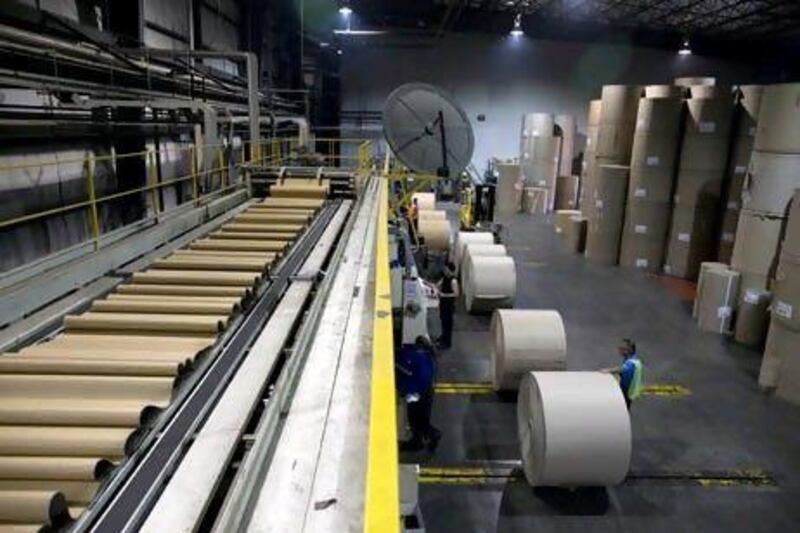America's formerly free-spending consumers have long been the locomotive for the world economy, but can the US remain the dominant force?
GDP growth is the most common indicator of economic growth. It is only published quarterly, however, and is a lagging indicator in that it takes several months to calculate, revise and finalise.
The final estimate, released three months after the end of the quarter, can vary (on average) by plus or minus 0.6% compared with the advance estimate released three to four weeks after the end of the quarter.
The GDP growth for the second quarter of last year was revised from an initial estimate of 2.4 per cent to 1.7 per cent, three months after the end of the quarter. In the case of last year's third quarter, the estimates changed from 2 per cent to 2.6 per cent.
Given this relative unreliability of the GDP estimates, indicators that are released monthly or quarterly, in a timely way, and that point to the future trajectory of the economy, will give a more precise view of the likely growth of the economy.
These more esoteric indicators include data as diverse as cardboard-box production, freight tonnage, production of key metals, mass transit usage in urban areas, recreational activities ticket sales, household waste production and others.
A classic example of a timely economic indicator is cardboard-box production. Businesses often need cardboard boxes for parts, consumer appliances and manufactured goods of various types. Their production is usually a leading or coincident indicator of manufacturing activity.
Since last February there has been healthy growth in box shipments, although less pronounced than in some of the previous post-recession recoveries. The most recent number of 3.4 per cent growth for December is encouraging as it suggests the US is not moving into a double-dip recession scenario, and instead the signs are of a moderate growth recovery.
The PCI diesel sale indicator is valuable for gauging lorry freight activity, which represents 68 per cent of the tonnage carried by US domestic freight.
Using Ceridian's electronic card payment services, implemented at diesel service stations along truck routes in the US, a quasi-instantaneous database is created of diesel fuel purchases, on a geographic basis. This tracks in real-time the transportation by truck of agricultural and industrial and consumer goods. Since the PCI data is available much earlier than finalised GDP data, it is an early indicator of economic activity.
The PCI index has shown strong predictive capacity, as in late 2007 and early 2008 a drop foreshadowed the later drop in GDP. The latest PCI data shows the improvement from 2009 to 2010 has been decelerating, with marginal growth over the past six months. The economy is definitely not accelerating at a pace suitable for ameliorating the negative employment picture.
About 70 per cent of the US GDP is due to end-user demand and personal consumption. Household waste and garbage provide a measure of aggregate personal expenditures. Data is available from, for example, Union County, New Jersey, a 100 per cent urban county. The year over year quarterly changes in waste tonnage for Union County shows a strong correlation to GDP change. The Union County data gave leading insight into the direction of the economy, with several months advance notice of the impending 2008 recession.
While there is clearly an improvement in the data since the first quarter of 2009, the latest data shows some weakening and leads us to expect a deceleration in GDP growth. The data also indicates that personal expenditures remain an anaemic part of the recovery.
New York City, for example, as an important services oriented economic bellwether, is undergoing more moderate growth since the end of the Obama administration's stimulus proramme.
Overall the direction of the economy is one of very moderate growth, with momentary periods of weakening.
A double-dip recession does not seem to be in the offing. Based on the slow rate of growth, however, it will very probably take some considerable time before the employment picture begins to brighten in any significant way, hence aggregate personal consumption will remain weak.
The US economy remains exposed to any strong external shock, such as a sustained rise in oil prices or a significant weakening of the dollar.
A Philippe Becker is the managing director of Wasserstein Gulf, an American private equity company





